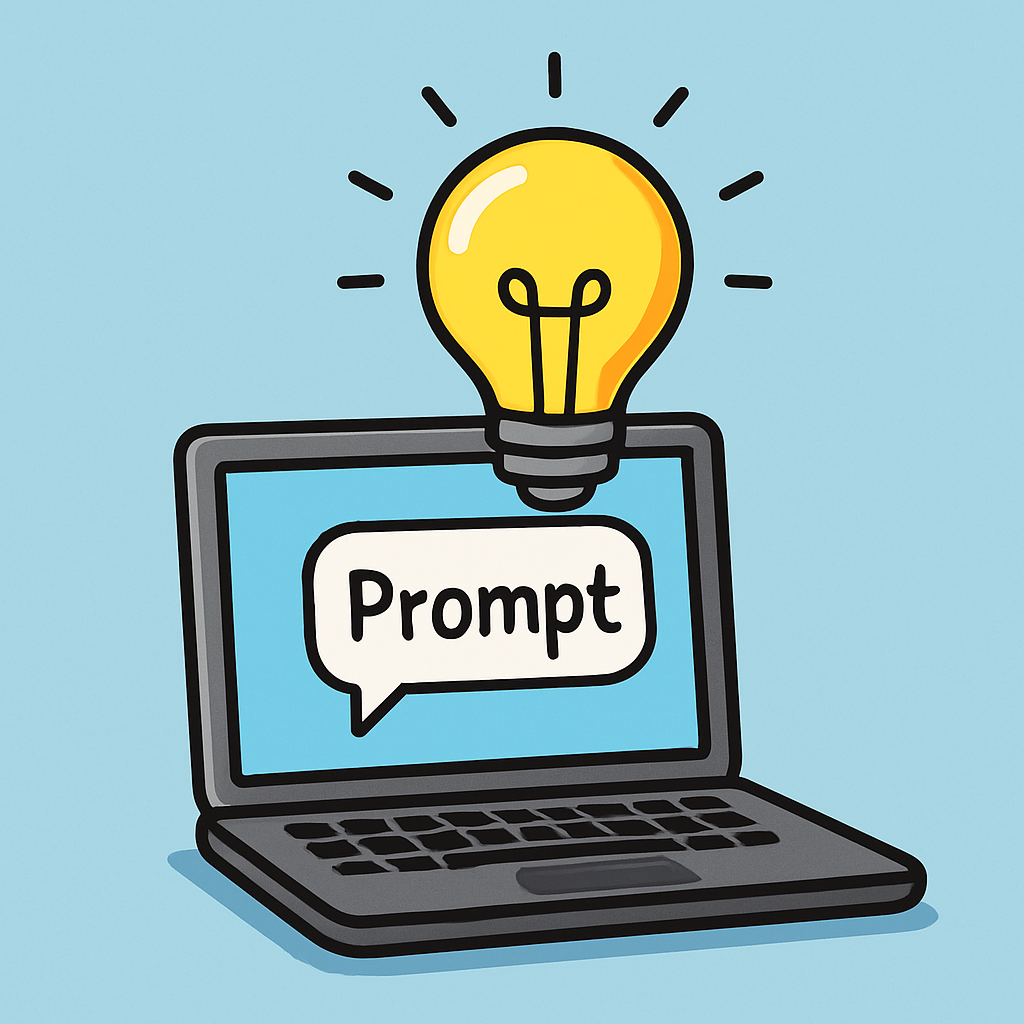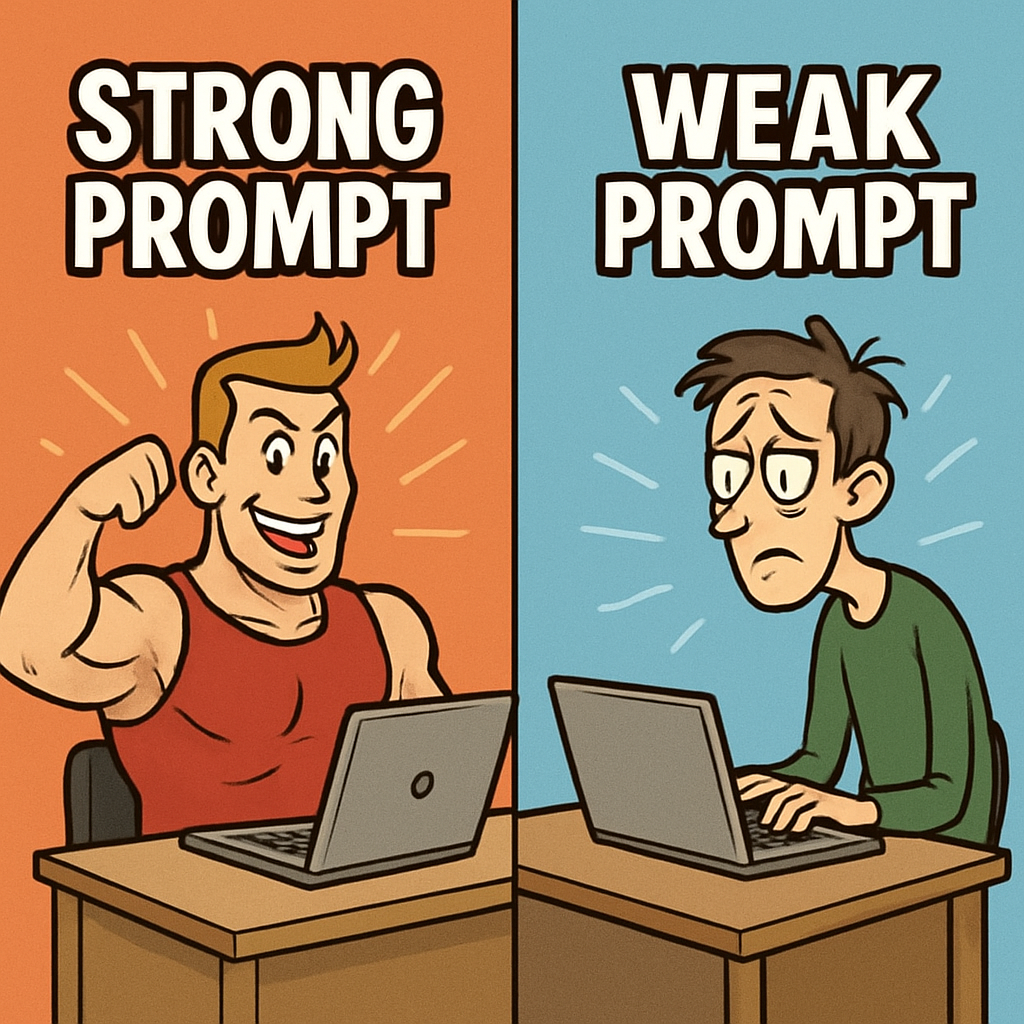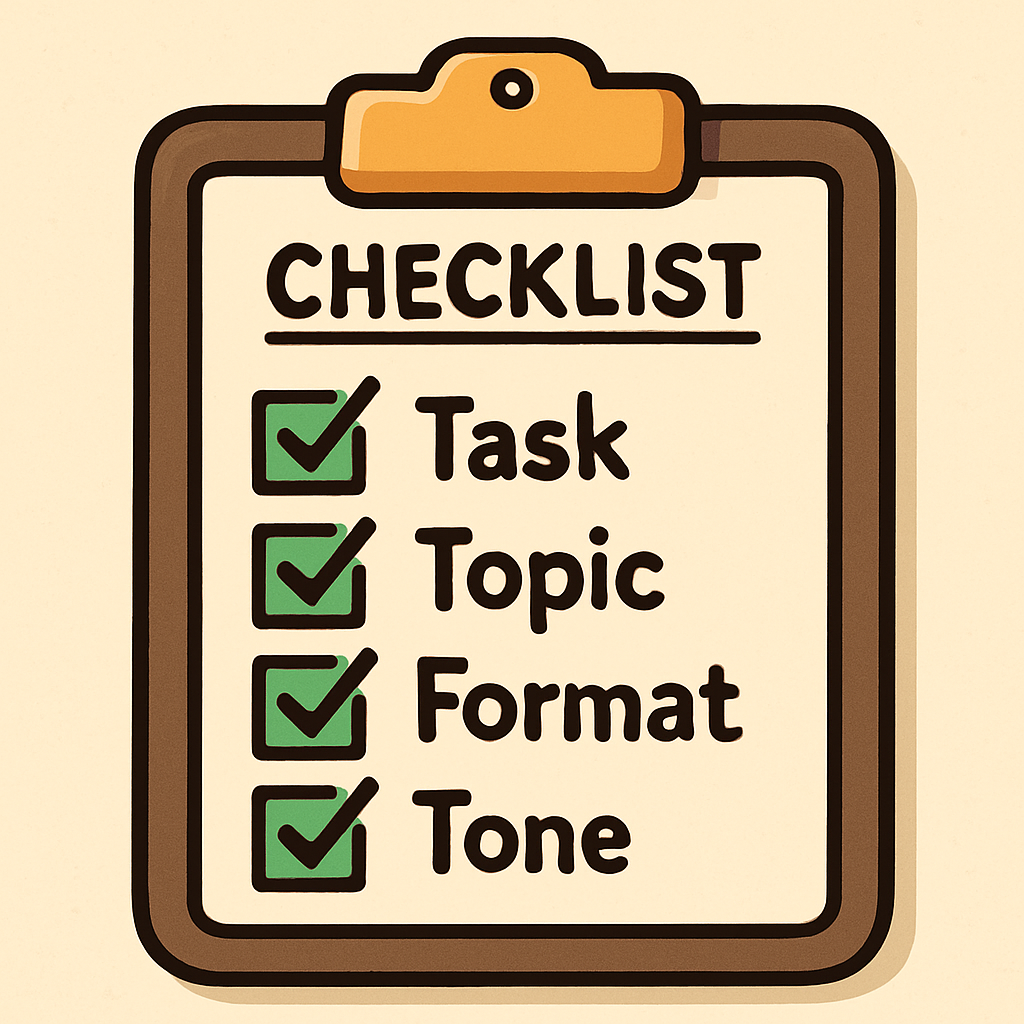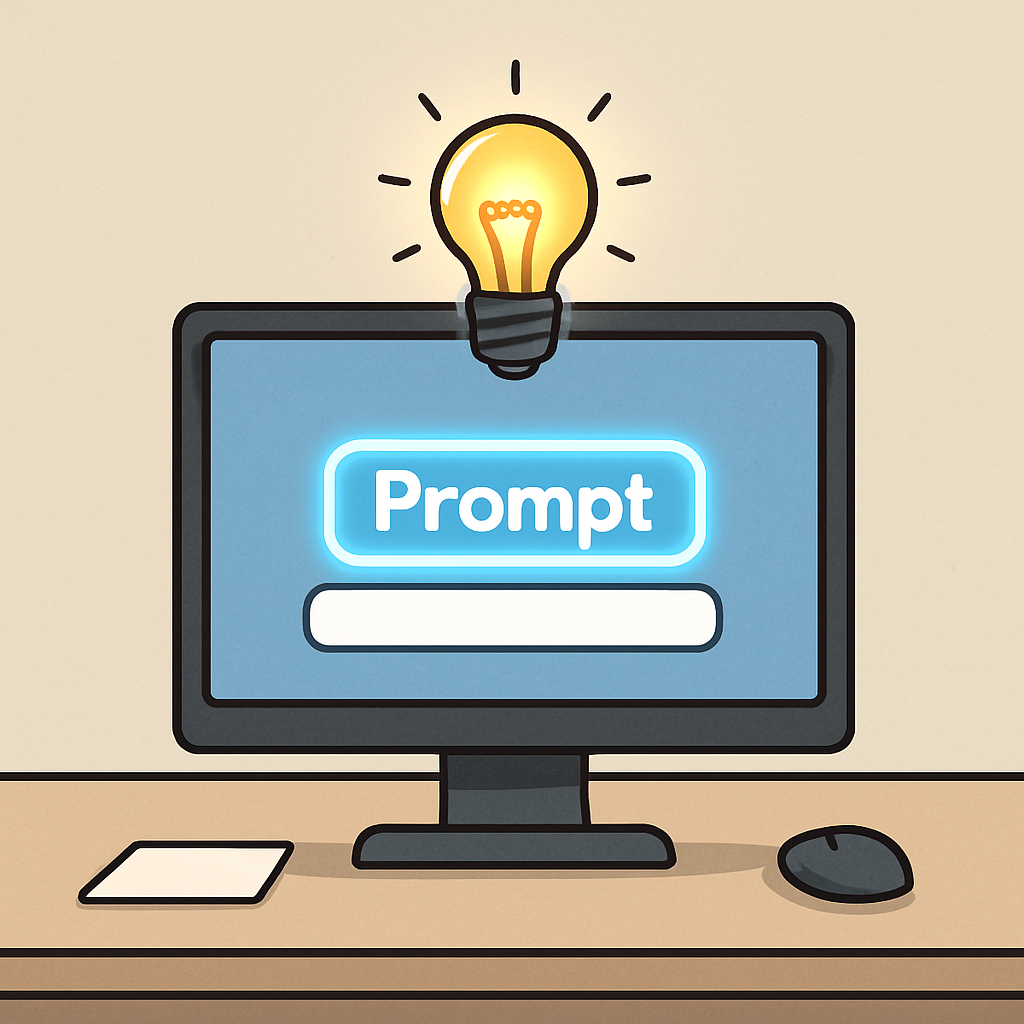 What is Prompt Engineering?
What is Prompt Engineering?In today's digital world, artificial intelligence (AI) tools are becoming increasingly common. These tools can assist with tasks such as answering questions, generating stories, or creating images. However, to obtain the most effective responses from AI, it is essential to craft your queries carefully. This process is known as prompt engineering.
Prompt engineering involves designing clear, precise, and detailed instructions, referred to as prompts, when interacting with AI systems such as chatbots or image generators. The importance of this skill lies in its ability to guide the AI towards providing accurate and relevant outputs. A vague or poorly constructed prompt may result in unclear or incorrect responses, whereas a well-engineered prompt ensures the AI comprehends your intent fully, leading to more useful and reliable results.
This skill has practical applications in various areas, including school assignments, creative projects, and professional environments where AI technologies are employed. For instance, in education, a well-crafted prompt can help you research topics more efficiently or generate ideas for essays.
 The Difference Between Weak and Strong Prompts
The Difference Between Weak and Strong PromptsIn this section, we will examine the distinctions between weak and strong prompts. A weak prompt is typically brief and lacks clarity, which may lead the artificial intelligence to provide an incorrect assumption or an overly simplistic response. In contrast, a strong prompt is comprehensive and precise, effectively directing the AI to deliver the exact information or output that is required.
Understanding this difference is essential, as it directly influences the quality and relevance of the AI's output. Weak prompts often result in vague or unhelpful answers because they do not provide sufficient guidance. Strong prompts, however, incorporate specific details that help the AI to interpret your request accurately and generate more valuable results.
To illustrate this concept, consider the following table of examples:
| Weak Prompt | Strong Prompt | Why It Is Better |
|---|---|---|
| Tell me about dogs. | Write a short paragraph about golden retrievers, including their size, personality, and why they make good pets for families. | The strong prompt specifies the type of dog, the details to include, and the format (a paragraph), resulting in a focused and useful response. |
| Draw a house. | Create an image of a cosy cottage in the countryside, with a red roof, flowers in the garden, and a sunny blue sky, in a cartoon style. | It incorporates details such as colours, setting, and style, enabling the AI to produce a more engaging and specific image. |
| Help with maths. | Explain how to solve 15 divided by 3, step by step, with an example using pictures of apples. | It identifies the specific problem, the method of explanation, and includes a relatable example, making the response easier to comprehend. |
| Write a story. | Compose a short adventure story about a young explorer discovering a hidden treasure in an ancient forest, written in an exciting tone suitable for children aged 12-13. | The strong prompt defines the genre, key elements, length, and tone, ensuring the story is tailored and engaging. |
As demonstrated in these examples, strong prompts enhance the AI's ability to provide targeted and effective outputs by including clear instructions and details. This approach minimises misunderstandings and maximises the usefulness of the responses.

To create an effective prompt for an AI system, it is important to include four key components: the task, the topic, the format, and the tone. These elements work together to provide clear guidance to the AI, helping it return accurate and useful results. Let’s break each of them down with practical examples.
The task tells the AI what you want it to do. This could be something like "write", "explain", "compare", or "design". Being specific helps guide the AI’s actions.
Weak Example: “Football”
Improved Example: “Summarise the basic rules of football for beginners.”
The topic focuses the AI on what the prompt is about. It should be clear and specific rather than too broad or vague.
Weak Example: “Music”
Improved Example: “Describe how hip hop music started in the 1970s in the Bronx.”
The format tells the AI how to present its answer—like a list, a paragraph, a letter, or a set of instructions.
Weak Example: “Explain how to make a sandwich.”
Improved Example: “Explain how to make a sandwich in a step-by-step numbered list.”
The tone controls the style or emotion of the response. Do you want it to sound professional, funny, friendly, or dramatic?
Weak Example: “Tell a story about a dog.”
Improved Example: “Tell a story about a dog who saves a village, written in a dramatic and heroic tone.”
When you combine these four parts, you get a strong and clear prompt.
Example of a complete prompt: “Create (task) a funny comic strip script (format) about two robots trying to learn how to bake cookies (topic), written in a light and humorous tone (tone).”
 Prompt Improvement Challenge
Prompt Improvement ChallengeIn this practical exercise, you will apply the principles of prompt engineering by improving weak prompts and developing your own strong ones.
Follow the structured steps below to build your skills in crafting effective prompts. Remember to include the four key components: task, topic, format, and tone.
Write your improved versions in your notebook and briefly explain why each version is stronger.
Example: "Explain the water cycle in a step-by-step diagram description, including evaporation, condensation, and precipitation, in a clear and educational tone."

In this challenge, you will apply your prompt engineering skills to develop strong prompts based on creative scenarios. This exercise will help you practise combining the key components—task, topic, format, and tone—in a more imaginative way. By doing so, you can guide AI tools to produce engaging and detailed outputs.
Follow these steps to complete the challenge:
Here are the three creative ideas: